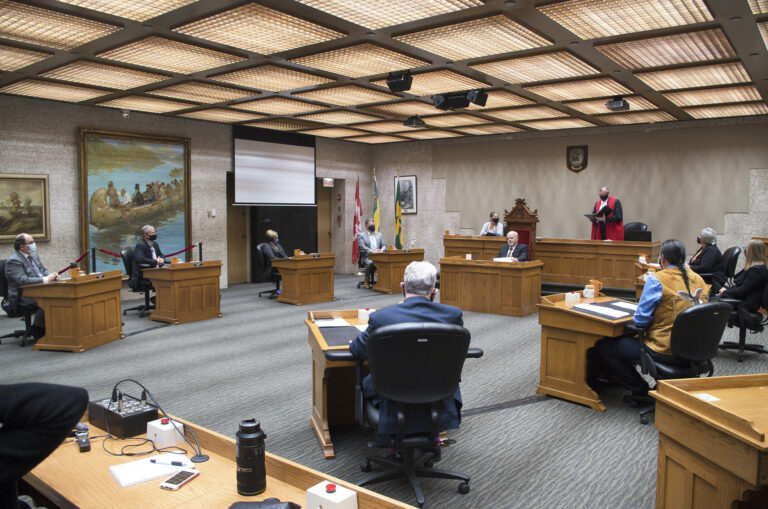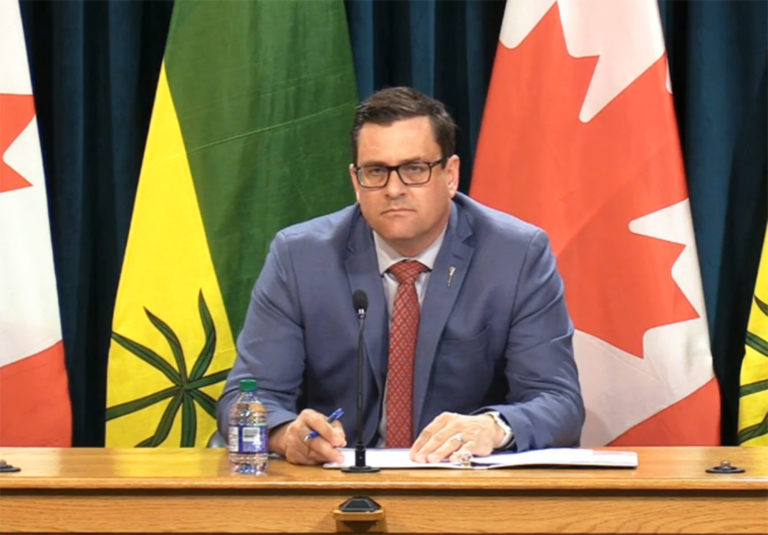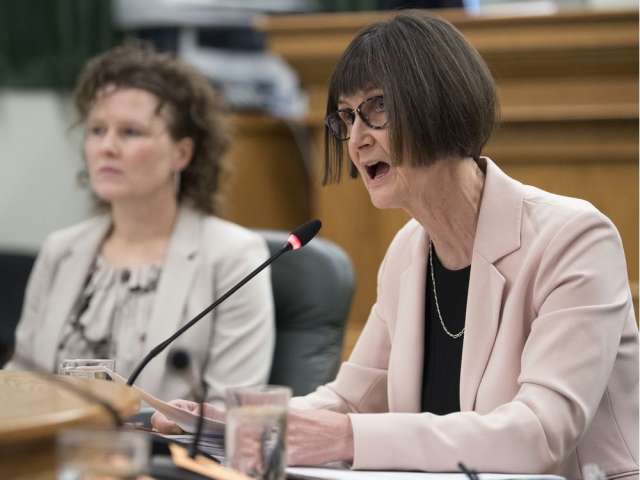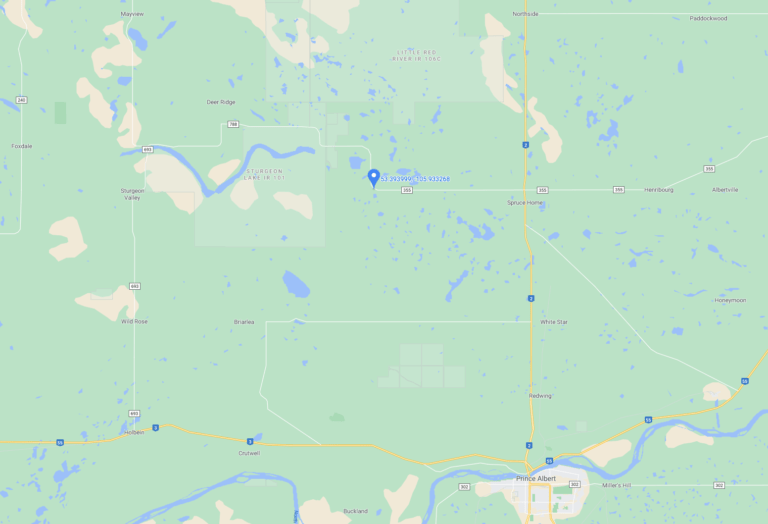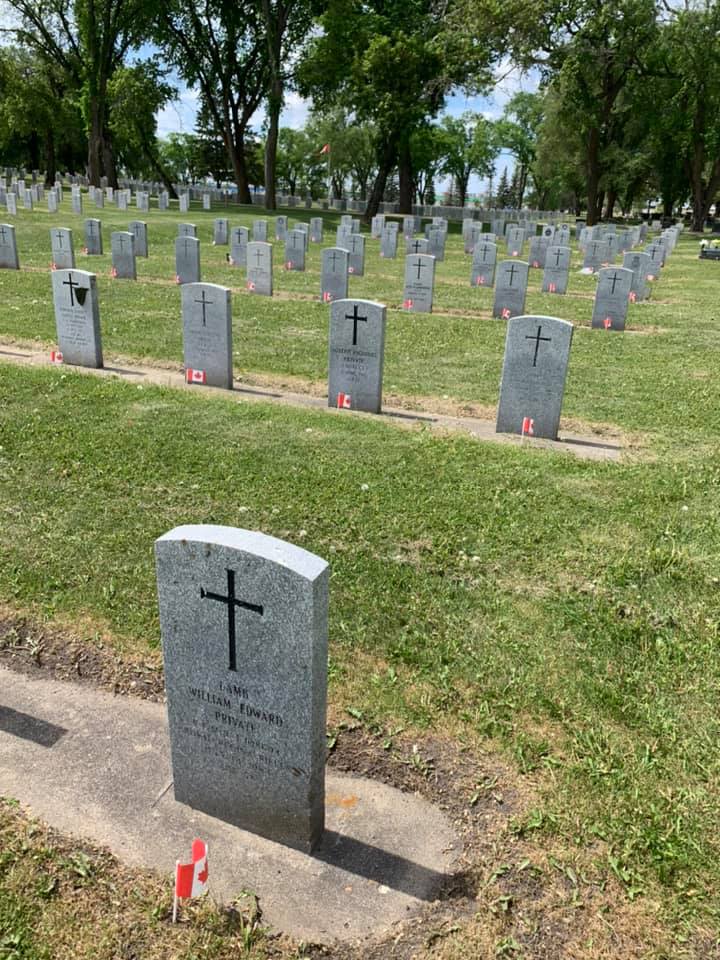Prince Albert’s city council will vote on the next steps in the construction of its new multi-million recreation centre Monday.
Two items related to the project are on Monday’s city council agenda, including a formal land purchase contract and a proposal to contract with a Saskatoon-based company to seek sponsorship opportunities to help offset construction costs.
The first item on the agenda is an addendum to the agreement of purchase and sale of 25 acres of land for the project. The city had initially agreed to buy 18 acres, but had then voted in May to buy seven more acres to meet the parking capacity and zoning requirement regarding the future construction of the new, large arena.
That arena is expected to cost $60 million and is part of phase two of the project. Only phase one is going ahead with construction at this point. Phase one includes an aquatic centre and two smaller rinks.
The city’s project is located inside a larger, 60-acre entertainment complex being developed by Signature Developments Corporation. The city had originally intended to buy 18 acres in the southern portion of the complex but later went with a parcel in the northeast quadrant as it was better suited to the city’s needs.
The combined purchase price of about $9 million for the 25 acres of land also includes the installation of services by Signature Development Corporation. Signature has committed to grading the property and servicing it with water, sewer and storm mains as well as energy, power and internet lines, as well as concrete curbs and gutters and asphalt roadways.
Once passed by council, the agreement of purchase and sale can be completed. An initial deposit was already paid on the first 18 acres. An additional deposit of $380,625 will be paid once the new agreement is approved by council. The remaining costs will be paid on the closing date of the agreement.
The second item up for debate at Monday’s meeting is the award of a contract to a fundraising campaign consultant. The proposed agreement is for about $43,230 plus taxes.
The city hopes to partner with DCG Philanthropic Services, based out of Saskatoon, for a feasibility study for the aquatics facility, twin ice rinks and large arena and event centre. The study will gather information, interview about 25 entities and prepare a final report with recommendations as to the community’s interest and financial capacity to support the project, key messaging and possible funding sources. The study is the first step of the fundraising campaign to help raise the dollars necessary to complete the city’s vision for a new recreation and event centre.
A report attached to the council agenda says DCG has connections with Hockey Canada and local hockey alumni, as well as to prospective volunteers and donors in Prince Albert and the surrounding area.
On its website, DCG lists several big capital campaigns among its past successes and current projects, including the Remai Art Gallery, Winspear Centre, Merlis Belsher Place, and City of Humboldt.
Its staff boast of having raised millions for major projects over lengthy careers working in Saskatchewan.
The city of Prince Albert has mentioned in the past that it hopes to undertake a major fundraising campaign to raise as much as possible for the new facilities, including the possibilities of selling sponsorships and naming rights.

